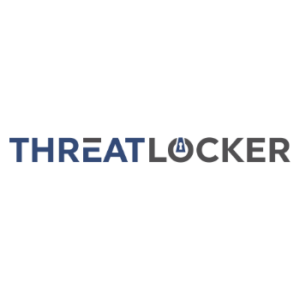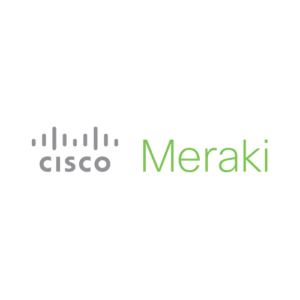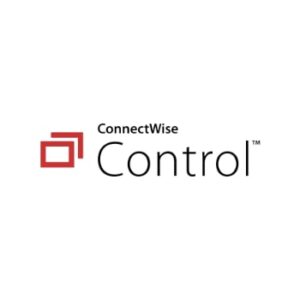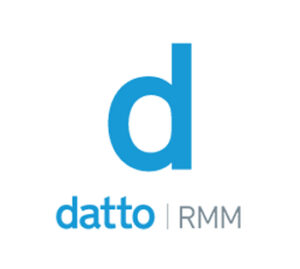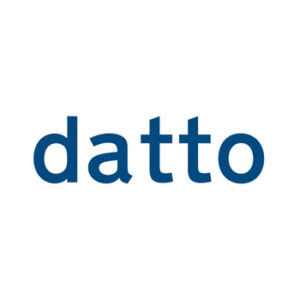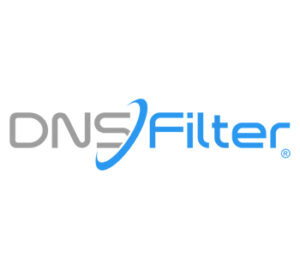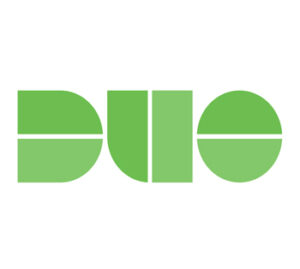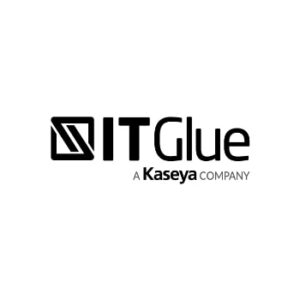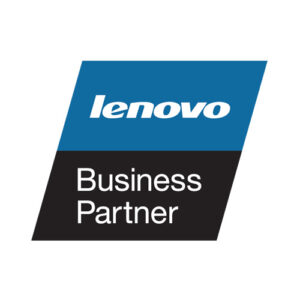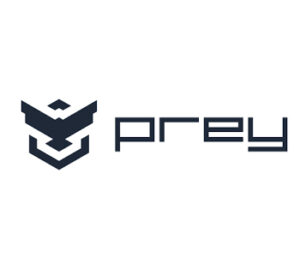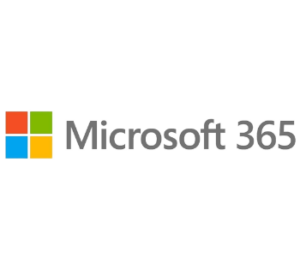Awareness Training
Make your employees a critical part of your cyber defense strategy.
Encourage cyber vigilance, Safeguard your business
Privileged Access Management
We can apply the "principle of least privilege" across your user accounts and identities. This gives staff the resources they need to work effectively while mitigating account takeover risks.
Multi-factor Authentication
Today's hackers have the means to circumvent traditional authentication techniques. Centarus can deploy and manage multi-factor authentication across your devices and systems to keep bad actors our of your network.
Employee Security Training
Phishing emails are the number one cyber threat facing businesses today. Our employee security training educates staff on modern phishing techniques and provides attack simulations to test learning outcomes.
Remote Device Management
Remote working can be beneficial for employees and business owners alike, so long as risks are addressed. Remote device management from Centarus ensures your remote team have access to secure, fully-managed devices that protect your data and the interests of your business.
MAKE SURE YOUR SECURITY IS TOP-NOTCH
Zero-Trust Security
Securing infrastructure and data for today’s modern digital world, Zero-Trust Security requires authentication, authorization, and continuous validation, to properly secure your data. Centarus can help you apply the six main principles of zero-trust security across your digital ecosystem. Here’s a brief introduction:
Continuous monitoring and validation
User privilege and access rights and data loss prevention mechanisms must undergo continuous review and be updated to reflect business changes. A detail-driven, proactive approach is key to managing cyber risk and ensuring sound data governance.
Least privilege
User account privileges should be granted on the basis of strict need, in order to limit the spread of harm that could result from an account takeover. "Admin" privileges should be limited to as few accounts as possible.
Device access control
Mobile device management makes it possible to enforce security policies across mobile phones, tablets, laptops and desktop computers. Administer security updates, mandate strict authentication protocols, and prohibit unauthorized downloads to keep your network and the data within it, secure.
Microsegmentation
Microsegmentation divides your network into security control zones, with firewalls acting as "checkpoints" to halt unauthorized network traffic. Microsegmentation lets you build a protective shield around your sensitive digital assets without restricting employee access.
Multi-factor authentication (MFA)
Traditional username/password authentication is no deterrent to a determined cybercriminal. Multi-factor authentication requires the submission of an additional identifier that cannot be easily guessed or spoofed, such as a fingerprint, one-time access token or a code sent to a registered secondary device.
Preventing lateral movement
A key objective of zero-trust security is limiting the spread of harm that can result from a data breach. This is achieved using a combination of the practices listed above, as well as others like applying controls to sensitive documents, introducing a strict password policy and creating a "whitelist" of approved, trusted applications.
Dark Web Assessment & Employee Security Training
Centarus’s Dark Web Breach Assessment scans illicit websites for compromised credentials, so that you can take action to lock down your digital assets. Our Employee Security Training provides your people with key insights into the tecniques used by phishing scammers, ensuring your team become a vital component in your business’s security strategy.
Real Time Assessment
Test your employees
Latest Tips & Tricks
Training Simulations
YOU CAN’T TRUST EVERY IT PROVIDER
But you can trust one that’s partnered with industry leaders
